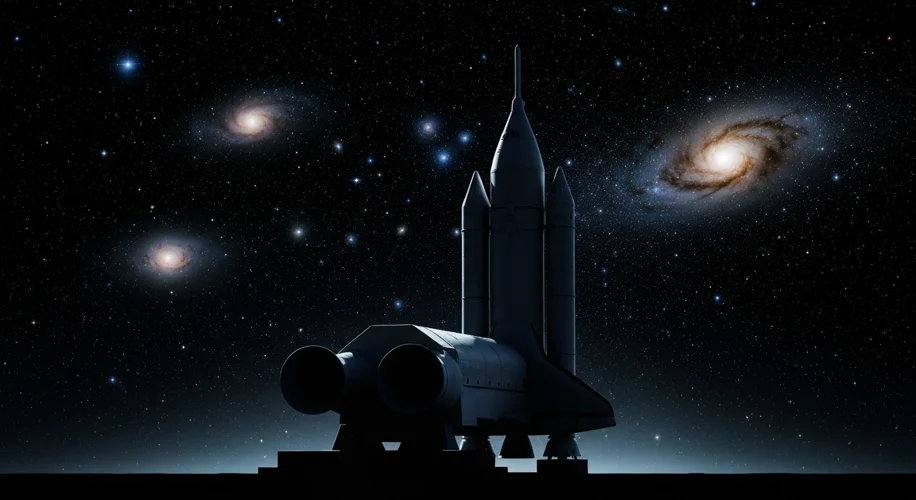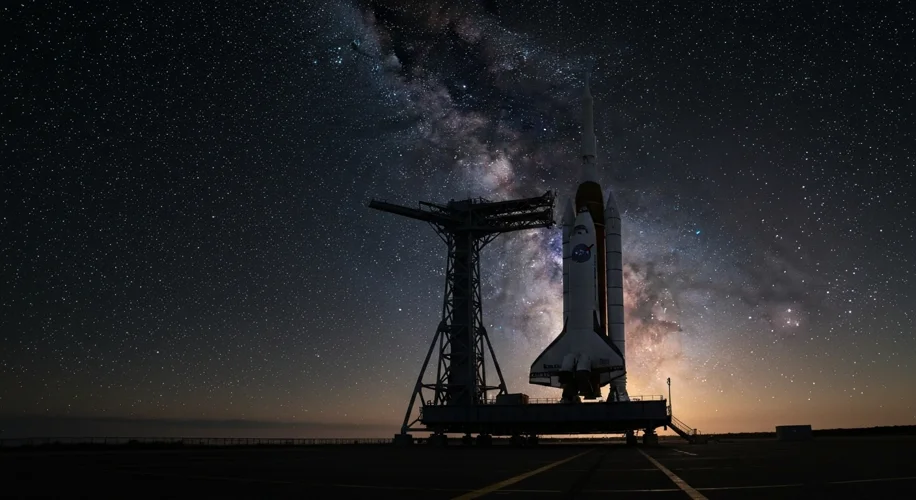The year is 2025. For decades, the National Aeronautics and Space Administration (NASA) has been humanity’s vanguard, pushing the boundaries of human knowledge and reaching for the stars. Its missions, often born from a spirit of audacious exploration and scientific curiosity, have given us breathtaking images of distant galaxies, unveiled the secrets of our solar system, and inspired generations. But a chilling wind of austerity has swept through the agency, bringing its ambitious endeavors to a stark and disheartening halt.
An alarming report has surfaced, revealing that NASA has been forced to suspend a staggering 41 key scientific missions. This drastic measure stems from severe funding cuts, plunging the agency’s financial standing to its lowest point since the dawn of the space age in 1961. The implications are profound, not just for the scientists and engineers who dedicate their lives to these projects, but for all of humanity, which stands to lose invaluable insights into our universe and our place within it.
The decision to halt these missions is not a minor inconvenience; it represents a deep wound to the heart of scientific progress. Imagine telescopes that were poised to peer into the atmospheres of exoplanets, searching for biosignatures of life beyond Earth. Consider probes designed to unravel the mysteries of icy moons like Europa or Enceladus, potential cradles of extraterrestrial life. Think of missions dedicated to understanding our own changing climate, studying the intricate dance of Earth’s systems from the vantage point of space.
These 41 suspended missions are not mere footnotes in a budget report; they are the culmination of years, sometimes decades, of meticulous planning, cutting-edge technological development, and the collective passion of thousands of dedicated individuals. Each mission represents a unique opportunity to answer fundamental questions: Are we alone? How did the universe begin? What is our planet’s future? To suspend them is to silence these vital inquiries, leaving vast swathes of the cosmos shrouded in an even deeper darkness.
The historical context of NASA’s funding is a rollercoaster of peaks and troughs. The Apollo era, fueled by Cold War competition, saw unprecedented investment, allowing humanity to set foot on the Moon. Yet, even in periods of relative prosperity, the agency has always operated under the constant pressure of securing adequate funding. However, the current situation, with its deep cuts and the grounding of so many critical missions, signals a departure from this norm. It suggests a fundamental shift in priorities, where the long-term, high-risk, high-reward endeavors of space science are being sacrificed for more immediate, terrestrial concerns.
The ripple effects of these cuts extend far beyond the launch pads and mission control centers. Universities will lose valuable research opportunities for their students and faculty. The aerospace industry, a significant engine of economic growth and technological innovation, will face setbacks. Perhaps most importantly, the inspirational spark that NASA ignites in the public imagination, particularly among young people considering careers in science and engineering, risks being dimmed. When groundbreaking missions are shelved, the allure of the cosmos can fade, replaced by a more grounded, and perhaps more pessimistic, outlook.
This fiscal retrenchment also raises critical questions about national and international priorities. In an era where understanding our planet’s climate, searching for resources beyond Earth, and expanding our knowledge of the universe are arguably more important than ever, such drastic cuts seem tragically short-sighted. The return on investment from space exploration, while often intangible in the short term, has historically been immense, driving technological advancements that benefit society in myriad ways, from GPS and weather forecasting to medical imaging and materials science.
The loss of these 41 missions is a somber moment for science and for the human spirit of discovery. It is a stark reminder that even the grandest aspirations require sustained commitment and adequate resources. As we look up at the night sky, we can only wonder what critical clues to the universe’s mysteries are now drifting, unheard and unseen, in the silence left by these grounded dreams.


